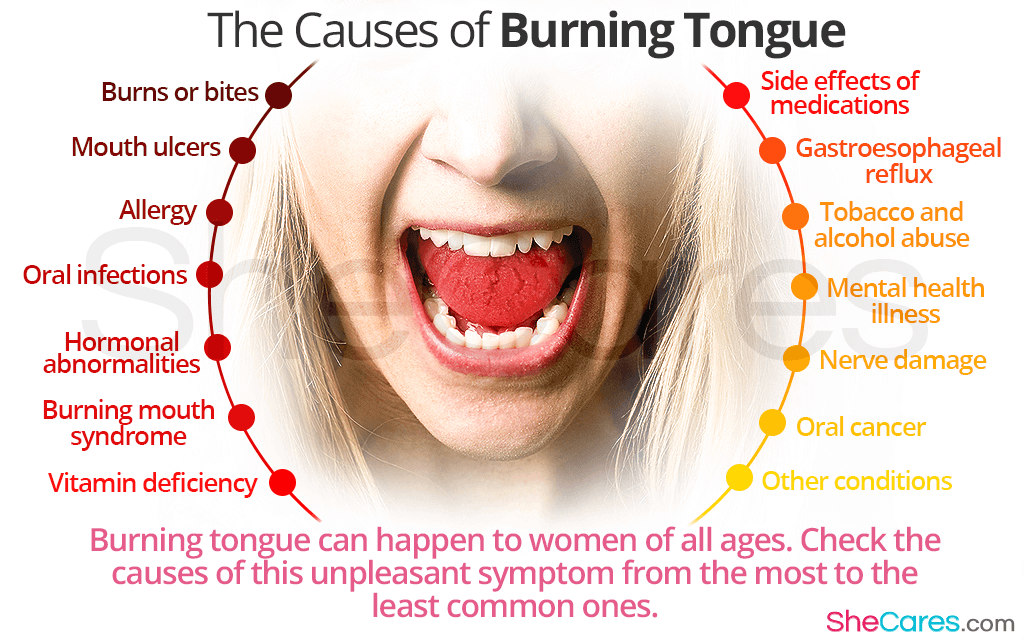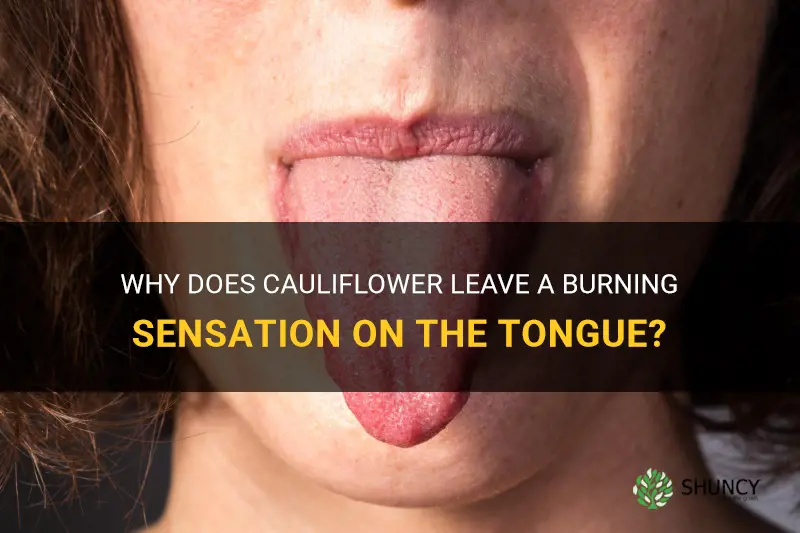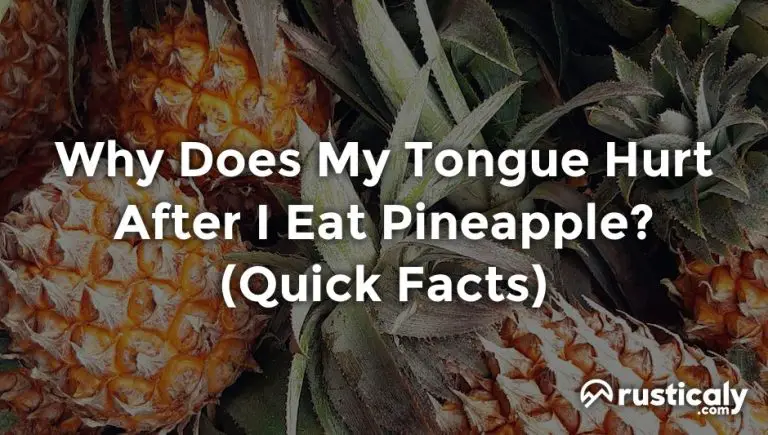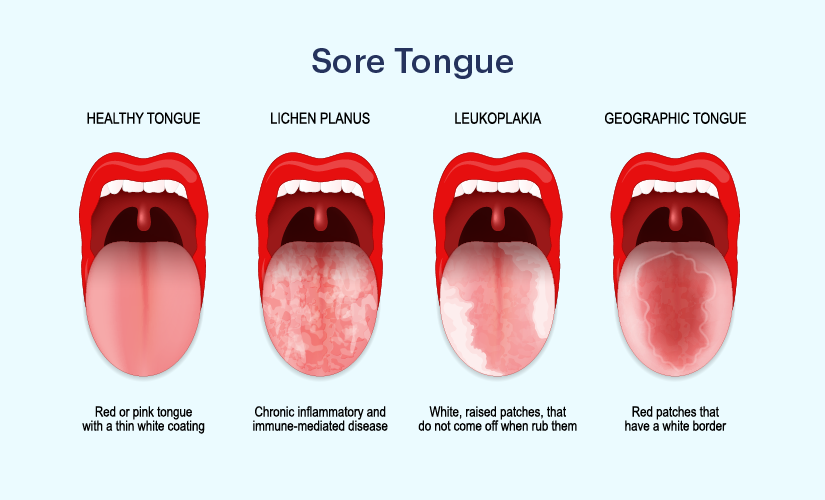Why Does Garlic Burn My Tongue

A fiery sensation is sweeping across dinner tables worldwide, leaving many wondering: why does garlic, a culinary staple, sometimes feel like it's setting our tongues ablaze? The culprit is a fascinating chemical reaction unleashed when garlic is crushed or chopped.
This seemingly simple ingredient can pack a surprising punch, turning a delicious meal into an unexpectedly spicy experience. Understanding the science behind this phenomenon is key to both enjoying garlic's robust flavor and avoiding unwanted discomfort.
The Allicin Effect: Chemical Warfare in Your Mouth
The burn you experience is primarily due to a compound called allicin. This isn't present in intact garlic cloves. It's created when the enzyme alliinase comes into contact with alliin, a sulfur-containing compound also found within the garlic.
When you crush, chop, or chew garlic, you break down the cell walls, allowing these two substances to mingle and react. This reaction creates allicin, the very thing causing the burn sensation.
Allicin, while responsible for the pungent aroma and many of garlic's purported health benefits, is also an irritant. It triggers a pain response in the trigeminal nerve, the same nerve responsible for detecting pain and temperature in your face.
Why Some Garlic Burns More Than Others
Not all garlic is created equal, and several factors can influence the intensity of the burn. The variety of garlic, its age, and how it's prepared all play a role.
Younger garlic tends to have less alliin, the precursor to allicin, resulting in a milder flavor and less burn. Older garlic, on the other hand, has had more time to develop those sulfur compounds.
The way garlic is prepared is perhaps the most crucial factor. The more you damage the cells, the more allicin is produced. Finely minced or crushed garlic will unleash a more intense burn than roughly chopped pieces.
Furthermore, cooking significantly reduces the burn. Heat deactivates the alliinase enzyme, preventing the formation of allicin. This is why cooked garlic generally tastes sweeter and less spicy than raw garlic.
Who is Affected? Is It Dangerous?
Sensitivity to garlic burn varies from person to person. Some individuals are naturally more sensitive to spicy foods in general.
The burn is generally harmless and temporary, although in rare cases, it can cause mild irritation or even blistering in the mouth, particularly if large quantities of raw garlic are consumed.
People with existing oral sensitivities or conditions like mouth ulcers might experience a more intense or prolonged burning sensation. These individuals should exercise caution and consume garlic in moderation.
Where and When is the Burn Most Likely to Occur?
The burn is most likely to occur when consuming raw garlic, often found in dishes like salsa, pesto, or garlic aioli. The risk increases with the amount of garlic consumed and how finely it is processed.
It typically happens immediately after consuming the garlic. The sensation peaks within a few minutes and gradually subsides within 15-30 minutes.
Certain cuisines that rely heavily on raw garlic, such as those found in the Mediterranean and parts of Asia, might lead to more frequent encounters with the garlic burn.
How to Mitigate the Burn
Several strategies can help reduce or prevent the dreaded garlic burn. Cooking is the most effective method.
If you prefer raw garlic, consider using older, milder cloves or chopping it coarsely instead of mincing. Another option is to add a small amount of acid, such as lemon juice or vinegar, to your garlic preparations.
Acids can help neutralize the allicin, mitigating its irritant effects. Pairing garlic with fatty foods, like olive oil or avocado, can also help coat the mouth and reduce the sensation.
Dairy products, like milk or yogurt, contain casein, a protein that can bind to the irritant compounds and reduce their impact. This is why milk is often recommended for soothing the burn from chili peppers.
Next Steps and Ongoing Research
Researchers are continuing to investigate the various compounds in garlic and their effects on the human body. Understanding the precise mechanisms of action could lead to new ways to maximize the health benefits of garlic while minimizing unwanted side effects.
Ongoing studies are exploring the potential of different garlic varieties and preparation methods to reduce the pungency and burn while preserving the beneficial properties.
For now, understanding the science behind the burn empowers you to control your garlic experience. Experiment with different techniques and find what works best for your palate. Enjoy the flavor, and manage the fire!

















